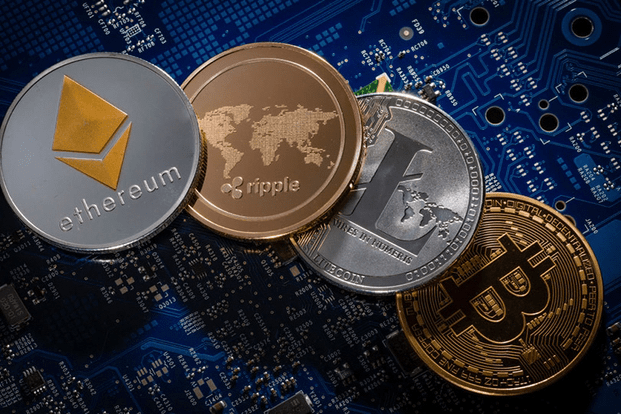
Stablecoins are rapidly expanding thanks to new regulations, but the market faces the danger of fragmentation and saturation.
Survival will belong to whoever establishes their currency as a global standard through actual uses and strong networks.
In an era where financial game rules are changing rapidly, stablecoins have emerged as one of the most controversial digital innovations. From major banks to emerging tech companies, everyone wants a piece of the digital pie; are we heading towards a boom that will transition us to a new financial system? Or towards chaos of similar currencies that fragment the market and confuse users?
Why are institutions racing to launch their own stablecoins?
Last year witnessed an unprecedented surge in the use of stablecoins, as monthly transaction values jumped from $521 billion to $710 billion. The number of unique wallets trading these currencies reached 35 million, an increase of 50%.
What has driven traditional financial institutions, such as JP Morgan and Robinhood, to engage in this race is the significant regulatory changes, especially with the U.S. Congress passing the GENIUS Act, the first federal regulatory framework for this type of digital asset.
These currencies are not only important in Western markets, but they have also become a vital means to navigate the complexities of the traditional banking system in developing countries.
For example, SpaceX is converting revenues from its Starlink service in Argentina and Nigeria through stablecoins, thus bypassing traditional banking obstacles.
From opportunity to glut: Is the market facing the risk of explosion?
Despite the significant opportunities these currencies provide, questions have begun to arise about the real need for dozens or hundreds of stablecoins.
Some analysts warn of the danger of 'overabundance', which could create a fragmented market, weaken liquidity, and hinder interoperability between different networks.
The dominant players today, such as Tether and Circle, together hold more than $220 billion in market value, and they are well-positioned to clear the market in their favor.
An investment analyst from Boston sees that survival will be for the strongest: 'Only those with a massive user base and a real ability to build an interconnected ecosystem will endure.'
The race among institutions resembles a platform war, as each party seeks to establish its currency as the globally accepted standard, but as in all technological wars, the winner is not necessarily the one with the best technology, but rather the one who succeeds in building daily and practical usage.
What is the future of stablecoins in the global financial landscape?
The future of these currencies depends on the balance between innovation and regulation. If governments overreach in imposing restrictions, they may grant traditional banks absolute control, limiting the movement of fintech companies and stifling competition.
However, the technological design of stablecoins allows for the emergence of hybrid models: some are centralized and managed by banks, while others are fully decentralized and led by blockchain developers.
Banks tend to adopt a quiet strategy of integrating stablecoins within the existing infrastructure of financial settlements, while companies like Circle and Tether are betting on a decentralized network model to attract users from around the world.
Ultimately, we are likely to witness a coexistence of a limited number of reliable stablecoins, operating invisibly but becoming the backbone of global digital payments.
Such a scenario will lead to a shift in the structure of financial power, redistributing roles among banks, fintechs, and major digital players.
#العملات_البديلة #العملات_الرقميه #العملات_المشفرة #BinanceArabs #BinanceArabic #تداول #العملات_الرقمية